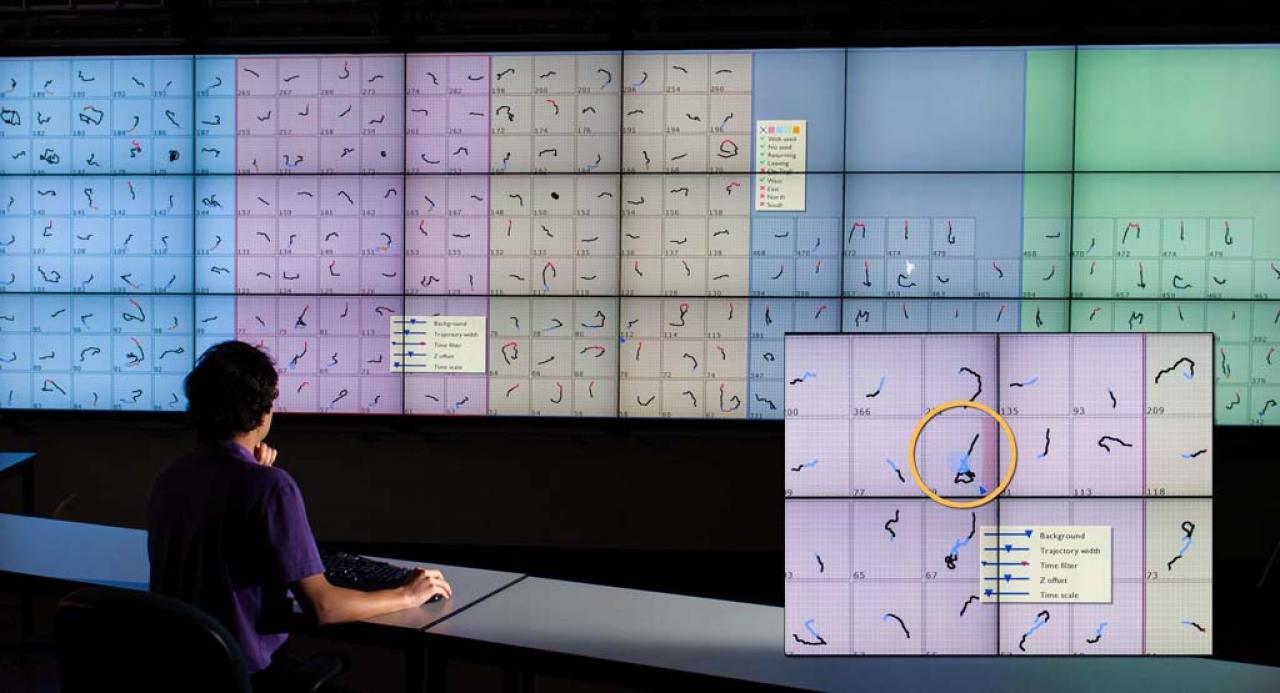|
|
||||||||||||||||||
Cognitive and Visual Integration in Lage Information Space
Participants: Khairi Reda
EVL, 842 West Taylor, Room 2068 (Cyber-Commons) Wednesday, May 29th, 11:00am PhD preliminary exam committee: Jason Leigh, Andrew Johnson, Tom Moher, Stellan Ohlsson (Department of Psychology, UIC), Michael Papka (Argonne National Lab) Abstract Visualization is an effective means of extracting knowledge from data, and represents one of the most flexible analysis methods scientists can deploy to make sense of a relentlessly growing cache of scientific data. Until recently, the real potential of visualization has been limited by the prevailing screen technology which restrict visualizations to the smallest of datasets. With the proliferation of Large, High-Resolution displays, scientists now have the ability to visualize larger amounts of information and juxtapose a rich variety of datasets on wall-sized displays, giving rise to integrative visualization environments that tie together the myriad pieces of the puzzle to present a coherent picture of the whole. Yet, there are a number of challenges to fully realizing this prospect. We still have rudimentary understanding of how users utilize large displays to conduct visual data analysis. Without a solid understanding of the cognitive processes involved in reasoning across a larger number of visual representations, our ability to design useful integrative visualizations remains limited. Moreover, even the best of visualizations can suffer from clutter and overwhelm the user with too much information. In this dissertation, I propose a series of observational studies to examine the cognitive strategies of individuals engaged in visual data analysis scenarios on large displays. By varying the display size and the interface design between participants, the studies will illuminate the effects of increased visual fidelity size on user performance and strategy. This research will also identify effective information layout and visual integration schemes, and give data-grounded guidelines for designing integrative visualizations that leverage the affordances of large, high-resolution displays, while mitigating the potential for information-overload. Email: mreda2@uic.edu Date: May 29, 2013 |